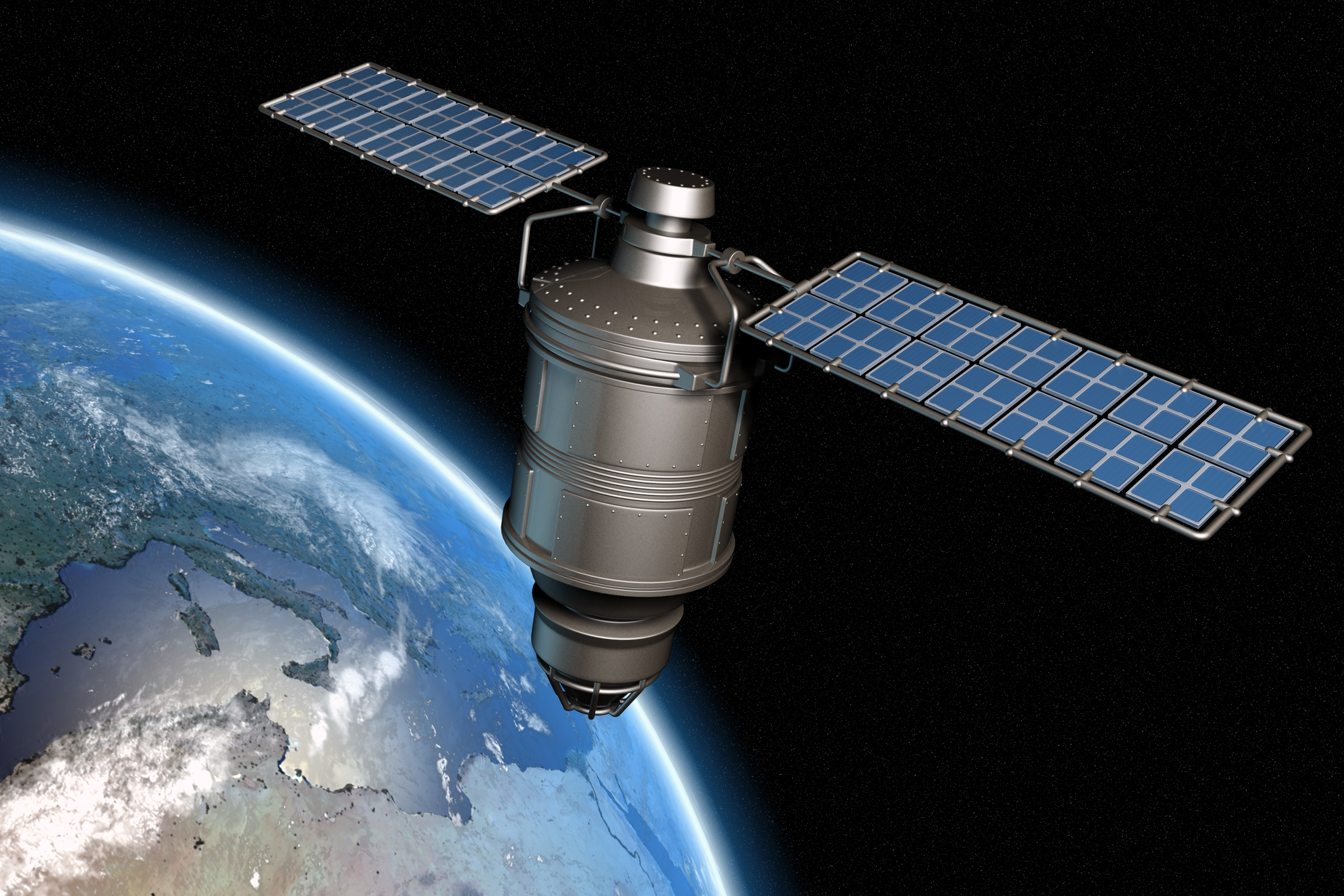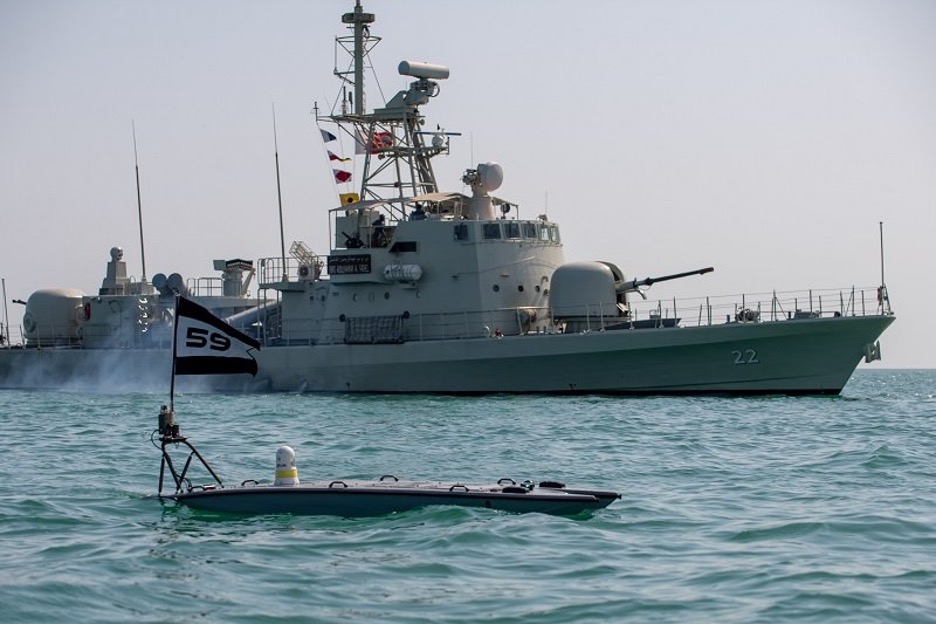By Richard Weitz
The Russian military obliterated a defunct Soviet-era Tselina radio-surveillance satellite, Cosmos 1408, that had been orbiting almost 500 kilometers above the Earth since 1982, with a single-short anti-satellite (ASAT) weapon on November 15.
Though intended to intimidate the West, like the Russian military mobilizations near Ukraine and the manufactured border crisis in Belarus, the ASAT test highlighted Russia’s growing capacity to attack U.S. and NATO space assets. Russian Defense Minister Sergey Shoigu said that the “cutting-edge system” Moscow employed hit its target “with precision worthy of a goldsmith.”
Though it is unclear that Russia’s Civilian Space Agency, Roscosmos, knew about the planned test in advance, Roscosmos Director General Dmitry Rogozin later explained that “Anti-satellite weapons have been developed in Russia for a long time, so there is no secret about it. It is simply that time has come when the Defense Ministry has conducted tests.”
U.S. Army Gen. James Dickinson, U.S. Space Command commander, warned that the test demonstrated how “Russia is developing and deploying capabilities to actively deny access to and use of space by the United States and its allies and partners.”
Russia has amassed a portfolio of powerful counterspace capabilities to disrupt, degrade, deny, or destroy space objects and systems.
The most recent incident involved a direct-ascent (DA) kinetic kill vehicle, launched from the Earth on a ballistic missile, that destroys exo-atmospheric targets through force of impact.
Russia has tested this PL19/Nudol DA-ASAT system, which has been under development for almost a decade and can be launched from fixed or mobile platforms, on several occasions in recent years. Until now, these tests had intercepted specific locations in space and time to simulate hitting moving targets in orbit.
Furthermore, the Soviet Union and Russia have conducted extensive research and development of “co-orbital” systems. These satellites and other orbiting space vehicles maneuver near other space objects to study, shadow, disrupt, grab, hack, or smash them.
Additionally, satellites that conduct rendezvous and proximity operations (RPO) for inspecting, servicing, refueling, repairing, and removing other space objects can potentially support military activities (such as placing explosives on another body or damaging it with a collision or robotic arm).
These co-orbital ASATs could establish a persistent presence in space to stalk a target (such as a high-value spy satellite), and then promptly attack it on command with microwaves, chemical sprayers, lasers, generated debris, or other means.
Russian academics have studied the employment of aerosol obscurants and nanoparticles in orbit that might block optical and radiofrequency signals from a targeted satellite or conceal Russian satellites from ground-based sensors.
Moscow’s Soviet-designed Burevestnik co-orbital system has the capability to disrupt space objects and potentially intercept communication links between satellites.
Additionally, Russian “nesting doll” satellites have expelled smaller objects that, traveling more than 17,000 mph, have the potential to damage a target through kinetic collision.
The Russian government claims the purpose of these nested satellites is to approach and assess the status of Russia’s own orbiting objects.
In 2020, however, one of these “inspector” satellites maneuvered near USA 245, a National Reconnaissance Office KH11 satellite in high geosynchronous orbits that provides geospatial imagery to the U.S. intelligence community.
After moving to a different location, that same Russian satellite configuration launched a projectile that sped at 700km per hour, a velocity sufficient to damage a target with kinetic energy alone.
Even if Russian satellites only “inspect” U.S. satellites through close-in data interception and photography, they still can study where these valuable assets are located, what capabilities they possess, and how they can be disabled and destroyed.
Despite the publicity surrounding Russia’s recent high-visibility test, Moscow’s most threatening ASAT weapons may comprise those capable of non-kinetic means of attack.
By using “soft-kill” technologies such as directed energy or cyber weapons, these weapons make attribution of any satellite loss more difficult since there are plausible alternative explanations for any damage, such as technical failures or natural phenomena. Furthermore, they tend to produce few if any debris, be more narrowly targeted, and can be more easily ended or reversible than kinetic strikes.
Russia’s national security space programs have explored directed energy weapons–such as laser, particle, or microwave beams with advanced pointing and control systems–that can track, disrupt, or, if sufficiently strong, destroy space objects.
Russia’s experimental Sokol-Eshelon (“Falcon-Echelon”) airborne laser project, started during the Cold War, has researched the application of a modified Il-76MD military transport plane, designated the Beriev A-60, equipped with a laser powerful enough to disable space- or air-based sensors.
Russia has constructed a Kalina stationary laser in the Krona space surveillance facility in the North Caucasus. Its purpose is probably to blind the electro-optical sensors of overhead reconnaissance satellites.
The Peresvet mobile laser dazzler system, declared operational in late 2019, has been deployed on missile transporter erector launchers at several of Russia’s road-mobile ICBM fields. The Peresvet has a limited-range point defense laser for temporarily dazzling the optical systems of low-flying reconnaissance satellites, as well as planes and drones, which might help track Russia’s mobile strategic missiles.
Like other Russian so-called “hybrid” offensive tools, such as employment of paramilitaries in Ukraine or militarizing migrants in northeastern Europe, using these instruments aims to allow Moscow to remain below the level of U.S. detection, attribution, and response.
Whether responding to a direct attack on the United States or its forces or coming to the aid of allies and partners, the U.S. defenders would face the dilemma of risking escalation with major kinetic retaliation or appearing too weak to dissuade follow-on Russian aggression.
To deal with the Russian space threat, the United States requires more comprehensive and detailed space monitoring. The USSPACECOM’s Space Surveillance Network, comprising telescopes and radars, can only track space objects in LEO that are 10 centimeters in size or larger.
U.S. defenders also need to prepare for the rapid degradation of U.S. space assets. A DA-ASAT can destroy a satellite in under ten minutes after launch. Co-orbital systems already positioned near a target can attack it suddenly without warning, while laser or cyber weapons can inflict damage almost instantaneously.
Other recommended measures include hardening satellites against different kinds of attack, ranging from kinetic strikes to cyber sabotage; deploying more satellites of various kinds and locations; and making critical national security space-based assets easier to replace through expanding the prompt-space-launch capabilities of the United States and its space partners.
Featured Photo: Illustration 267463 © Cristian andrei Matei | Dreamstime.com





